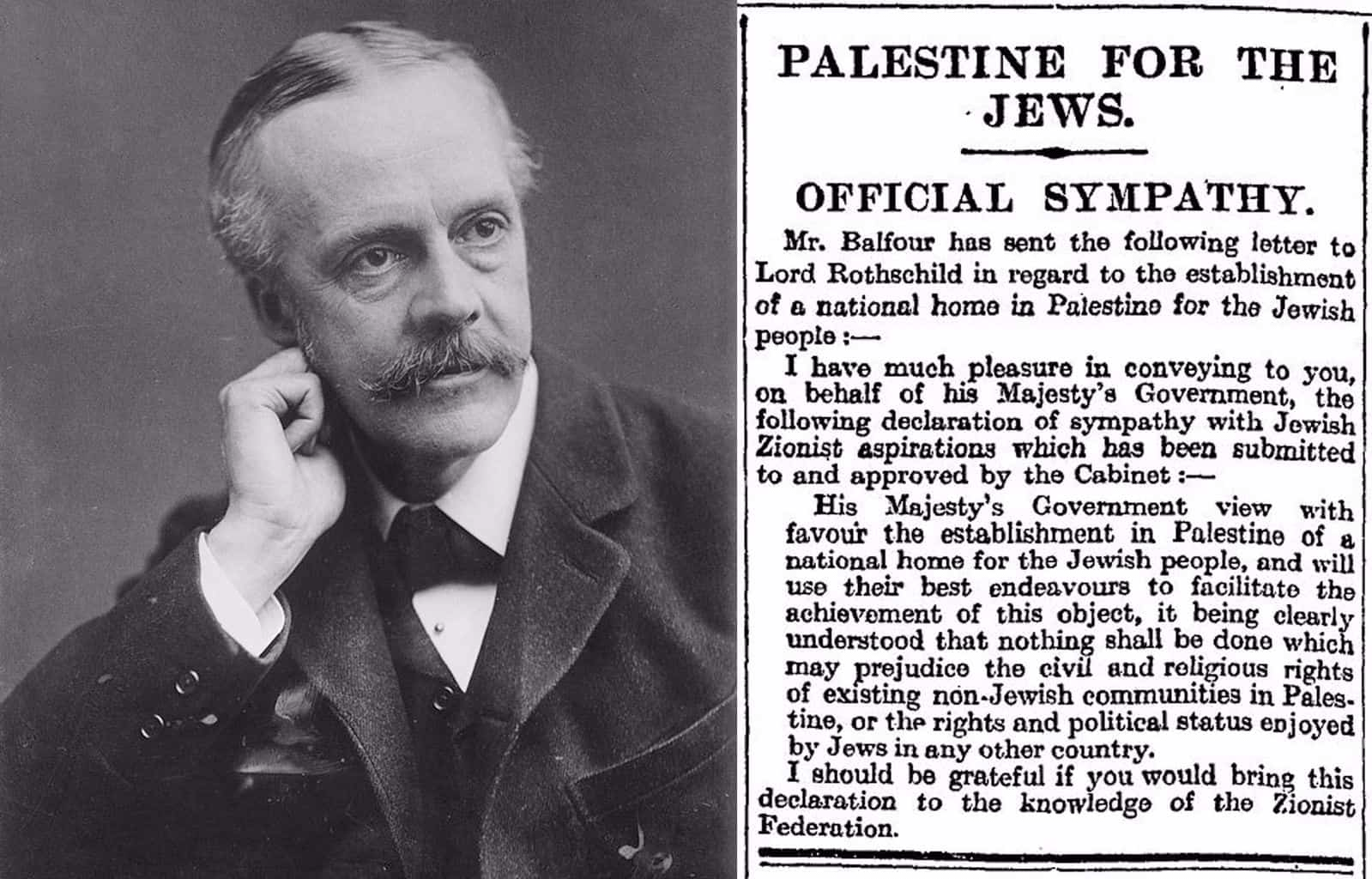

Palestine has always been a place of conflict - survived and surviving ever since. This past hold the major events that sparked the formation of Israel state.
Exiled with Keys
Palestine journey of displacement and longing
Narrative Cartography
In the 18th Century, during the Ottoman Empire's rule, Palestine already had a native Jewish population. In 1880, before immigration began, Palestine’s Jewish population numbered only 6% and had been deeply rooted there for several generations.
Around the same time, a small group of Jews from America and Europe decided to establish a free state for Jews from the antisemitic persecution that happened on the European continent. This group was called the Zionists.
Long before Zionism was founded, Palestinians lived in a thriving, multireligious society in which Palestinian Muslims, Christians, and Jews lived together in Palestine with equal citizenship rights and religious autonomy under the Ottoman Empire.
The first Zionist congress was held in Switzerland, which led to the formation of the Zionist Organisation.
On October 21, 1917, British forces conquered Palestine from the Ottoman Turks, ending 1,400 years of Islamic rule over the region. This led to the beginning of the British Mandate in PalestineThis was the leading opportunity for the Zionist Organisation to have support from western countries.
This led to an increase in Jewish immigration to Palestine. An estimated 37,64,115 Jews who migrated from Europe arrived in Palestine between 1920 and 1946, according to British records.
Image Source - The Wire
Declaration for a new state
In 1917, Arthur James Balfour declared the creation of a “Jewish National Home” on Arab land that the British backed. During that time, he was the British foreign secretary who wrote a letter to Lionel Walter Rothschild, 2nd Baron Rothschild (of Tring), a leader of the Anglo-Jewish community.

And as the population grew, the demand for a new nation grew.
Partition Plan, 1947
In 1947, with the end of World War II, the newly foremed United Nations handed 56% of the land to the proposed Jewish state, even though Jews owned only about 7% of the private land in Palestine and made up only about 33% of the population, a huge percentage of whom were recent immigrants from Europe.

Almost immediately after the partition plan was passed...
Al Nakba, “catastrophe” in Arabic, refers to the ethnic cleansing of Palestinians by Israel and the destruction of towns and villages in Palestine. In 1948, Zionist military forces expelled at least 7,50,00 Palestinians and captured 78% of Palestine's land.
Al Nakba happened
About 7,50,000 Palestinians--over 80% of the population in what would become the state of Israel--were expelled or fled from their homes and became refugees.
Approximately 400 villages were displaced and destroyed by the Israeli forces.
Approximately 4.2 million acres of Palestinian land were stolen by Israel during and immediately after the establishment of the state in 1948.
The most important long-term implications of the Nakba for Palestinians have been the loss of their homeland, their transformation into a stateless people, and the fragmentation and marginalization of their national community and leadership.
In the process, more than 400 Palestinian towns were systematically destroyed by Israeli forces or repopulated with Jews.
Fleeing the war, most residents locked their homes and departed with their keys, clinging to the hope of someday returning. However, that longed-for homecoming remained perpetually unrealized.
Palestinian refugees walk along a road from Jerusalem to Lebanon, carrying their belongings with them, on Nov. 9, 1948. The group was driven from their homes by attacks in Galilee.Jim Pringle / AP file
The wave of expulsion did not end here.
A refugee camp in the Jordan Valley for Palestinians driven from their homes by Israeli forces in 1948.Pictures From History / Universal
After Nakba, there were frequent clashes on the Israeli-Syrian and Israeli-Jordanian armistice lines after the 1948 war. Thousands of Palestinian refugees tried to cross the border searching for relatives, attempting to return to their homes and to recover their lost possessions.
On June 5th, 1967, Israel launched an aggressive surprise attack on Egypt, undermining mediation efforts and starting a regional war.
The setback
This conflict involved Israel and a coalition of Arab states, including Egypt, Jordan, and Syria. The war resulted in a swift and decisive victory for Israel, leading to significant territorial changes in the region.
The war lasted only six days, but by the time it ended, Israel had seized and militarily occupied the Palestinian territories of the West Bank, Gaza, and East Jerusalem (the remaining 22% of historic Palestine that had not been colonized during the creation of Israel), as well as the Egyptian Sinai Peninsula and the Syrian Golan Heights.
In the “Second Palestinian Exodus," up to 400,000 Palestinians were expelled from the West Bank during the war and another 75,000 from Gaza. Up to 100,000 additional Palestinians who were out of the country when the war began were also barred from returning to their homes. Across the occupied Palestinian territories, dispossession was the norm. Entire villages were depopulated. After Israel captured the “Western Wall” in East Jerusalem, soldiers immediately demolished the entire Moroccan neighborhood (displacing 100 Palestinian families) to create a plaza. Many displaced Palestinians fled to Jordan. Palestinians commemorate this day as Naksa Day, meaning ‘the setback.’